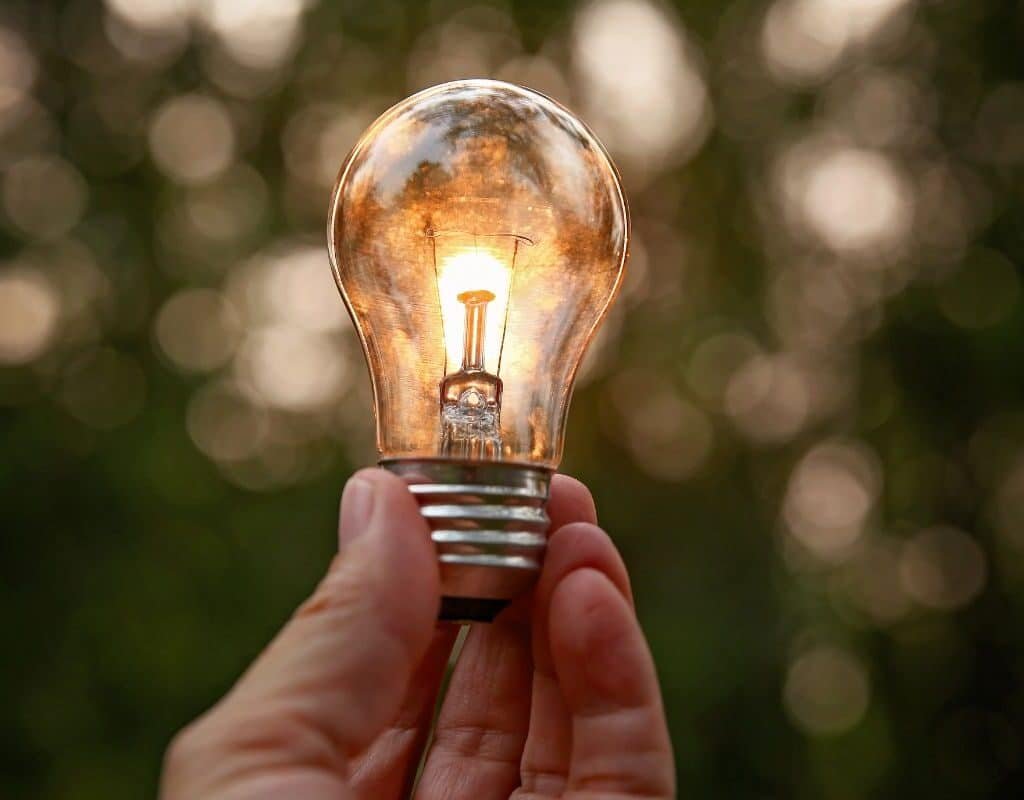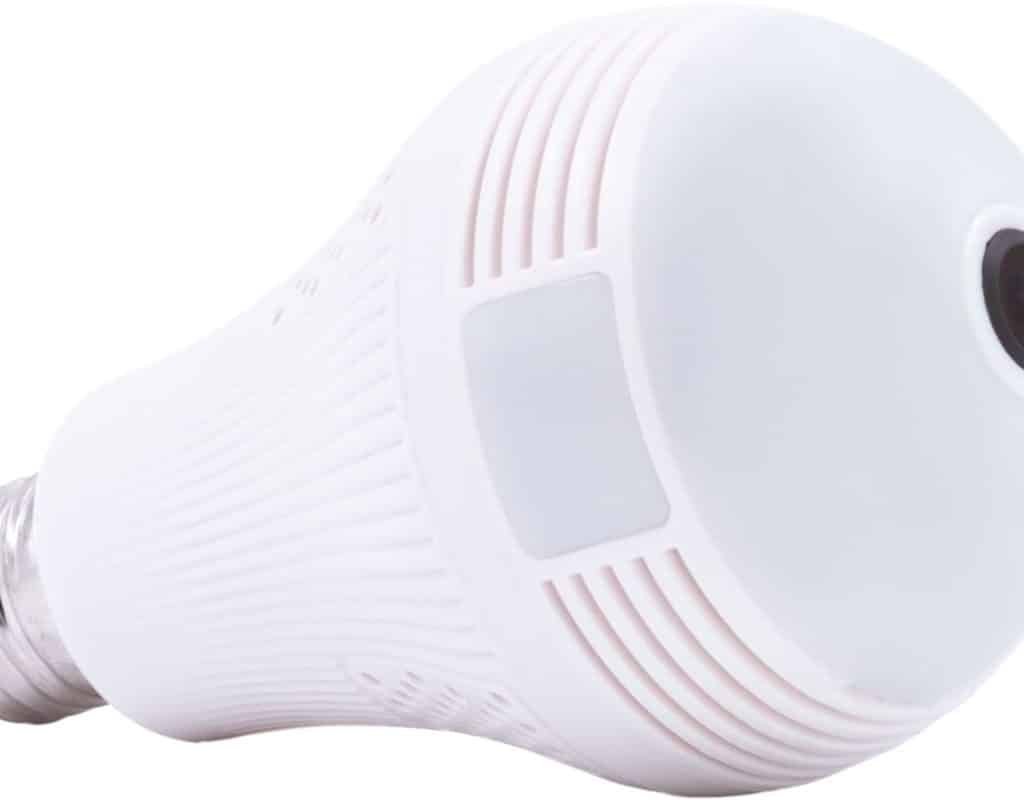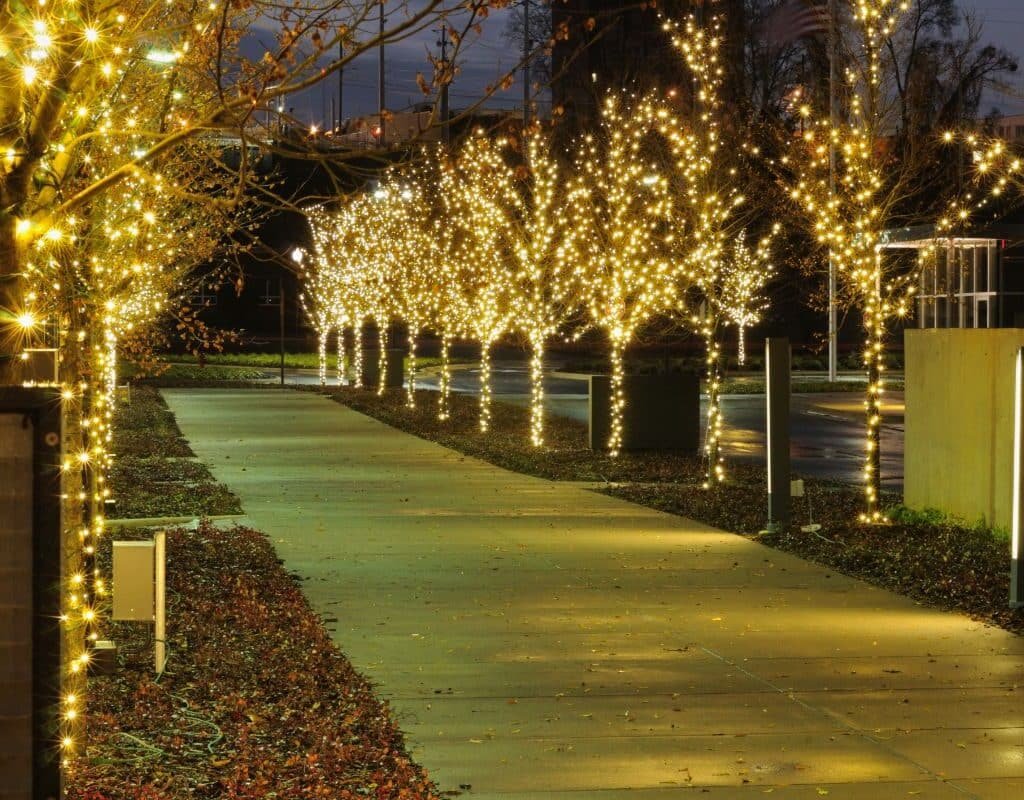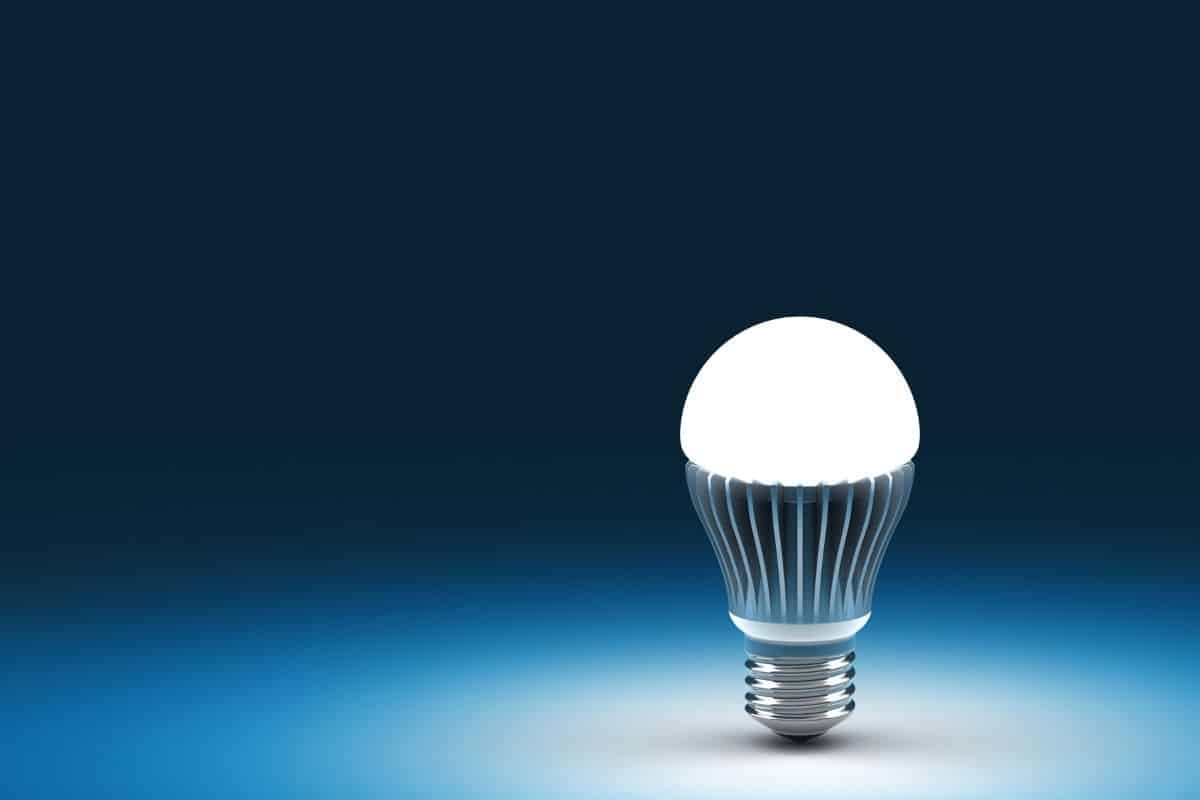Learning how to dispose of LED light bulbs is essential for anyone looking to minimize environmental impact and ensure safety at home. Proper disposal is crucial if you are dealing with an old light bulb from a standard fixture. A camera light bulb LED is used in specialized equipment or the latest energy-efficient LED models. Camera light bulb LEDs demand attention to specific disposal methods due to their unique components.
Each type of light bulb has specific disposal requirements, from recycling LED bulbs to carefully handling and discarding older incandescent or halogen bulbs. This guide will walk you through the correct steps for disposing of each type, offering practical tips to keep your home and the environment safe.
Why Proper Disposal Matters
LED light bulbs are more energy-efficient and longer-lasting than traditional bulbs. However, they contain components that shouldn’t just be tossed in the trash. Old light bulbs can break easily, putting the environment and sanitation workers at risk. Improper disposal can lead to environmental harm or even health risks. This is why learning how to dispose of LED light bulbs correctly is essential.
Understanding the Different Types of Light Bulbs
Before you dispose of a light bulb, it’s essential to identify the type you have. Each type has its own disposal requirements. So, to ensure safety and environmental responsibility, you need to know their types:
- LED Light Bulbs: LED Light Bulbs are Known for their energy efficiency lighting solutions and long lifespan. It has become a popular choice in many households. However, they contain electronic components that should not be discarded in regular trash. Proper disposal or recycling is necessary to prevent these materials from ending up in landfills.
- Old Light Bulbs (Incandescent and Halogen): These older bulbs are being phased out, but many homes still use them. They require careful handling to ensure safe disposal. Careful disposal is essential because bulbs contain filaments that can be hazardous if broken. Unlike LED bulbs, they don’t have the exact recycling requirements, but they still need to be handled with care.
- Camera Light Bulb LEDs: These specialized LEDs are commonly used in photography and videography. Because of their design, they often include additional components and may have specific disposal instructions. Proper disposal of these bulbs is important to avoid potential harm to the environment and electronic recycling processes.
-
How to Dispose of LED Light Bulbs, Camera Lights, HID and Holiday Lights (h2)
When it comes to disposing of LED light bulbs, recycling is the best option. Many local recycling programs accept these bulbs. Some of them even offer unique programs to recycle them. The guidelines for disposing of these lights are given below:
How to Dispose of Old Light Bulbs?
Disposal for old light bulbs, such as incandescent or halogen, depends on your local regulations. In many places, these can be thrown away with your regular trash. However, because these bulbs can break easily, it’s a good idea to wrap them in paper or their original packaging to prevent injury or contamination. Some areas may also offer recycling programs for these types of bulbs.


Disposing of Camera Light Bulb LEDs
Camera light bulb LEDs are a bit more specialized because they are used in photography and videography. The disposal process is similar to that of other LED bulbs. These bulbs might contain additional components, so it is crucial to follow any specific disposal instructions that come with the product. Again, recycling is the best option whenever possible.
How to Dispose of HID Lights?
The full meaning of HID light is High-Intensity discharge. Due to their mercury content, HID bulbs should be recycled at an approved facility. It is a good idea to avoid disposing of HID bulbs in regular trash or recycling bins. These lights are generally not used in residential areas. They are mostly found in garages as high-end vehicle headlamps or plant-growing lights. To safely dispose of an HID bulb, wrap it loosely in plastic and take it to a certified recycling facility.


How to Dispose of Holiday Lights?
Holiday lights are also known as string lights. You can dispose of string or holiday lights through your regular trash service or by taking them to retailers or organizations that accept them for recycling. Recyclable string lights typically include the smaller, mini-light strings used for holiday decorations, not the larger glass bulbs. Remove any plastic decorations or attachments from the wires and bulbs before recycling them. There is no need for special wrapping when disposing of the strings.
Tips for Safe Disposal
- Check Local Guidelines: Different areas have different rules for disposing of light bulbs. Always check with your local waste management service.
- Opt for Recycling: Whenever possible, recycle your light bulbs to reduce environmental impact.
- Handle with Care: Old LED lights can break easily. Always handle them with care and wrap them before disposal.
- Label the Packaging: If you are wrapping bulbs for disposal, make sure to label the package clearly. This will help indicate that it contains fragile materials.
- Seek Specialized Disposal Services: The material used in unique bulbs, such as camera light bulbs is generally unique. That’s why you should look for specialized disposal services that handle electronic waste.
Note: If you need any residential lighting and commercial lighting solutions contact a professional lighting expert near you.
Conclusion
Understanding how to dispose of LED light bulbs is essential for both safety and environmental care. Proper disposal prevents harmful materials from ending up in landfills. It ensures that these components are recycled whenever possible. If you are dealing with old light bulbs, such as incandescent or halogen, or specialized bulbs, like camera light bulb LEDs, then take the time to dispose of them correctly. Always try to check local guidelines, handle bulbs carefully, and opt for recycling whenever available. By following these steps, you contribute to a cleaner environment and a safer home.
FAQs
How do I dispose of LED lights near me?
You can check for many local recycling programs near you that accept these bulbs. Local stores like Lowes, Home Depot, Batteries Plus, Ikea, and Goodwill also dispose of LED lights and bulbs.
What type of light bulbs need to be recycled?
There are two types of light bulbs that need to be recycled such as compact fluorescent lamps (CFLs) and high-intensity discharge (HID) bulbs.
Where to dispose of LED light bulbs?
LED light bulbs can be disposed of at local recycling centers that accept electronic waste. Some hardware stores also offer recycling programs for used bulbs. Always check with your local waste management service to find the most appropriate disposal method.
How long do LED light bulbs last?
LED light bulbs are known for their long lifespan. On average, an LED bulb can last anywhere from 15,000 to 25,000 hours, depending on the brand and usage. This means they can last several years, even with regular use.
How to recycle LED light bulbs?
Recycling LED light bulbs is easy. Take your used bulbs to a recycling center that handles electronic waste. Some areas offer curbside pickup for recyclables, so check if LED bulbs are included in your local program. Recycling helps recover valuable materials and prevents harmful components from ending up in landfills.
What is the difference between LED and traditional light bulbs?
The three main differences between LED and traditional light bulbs are given below:
- Incandescent or halogen bulbs are less energy-efficient and have a shorter lifespan.
- LED bulbs use less energy and last much longer than traditional bulbs.
- They also produce less heat, making them safer in various settings.

